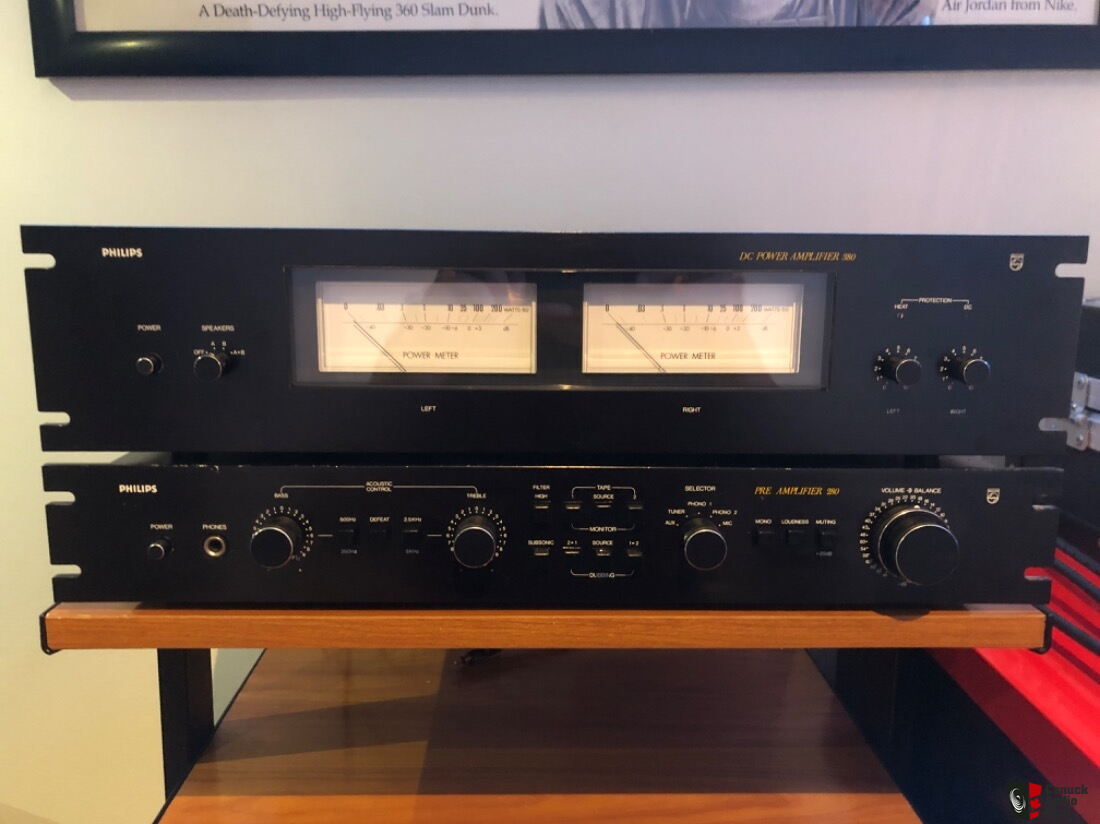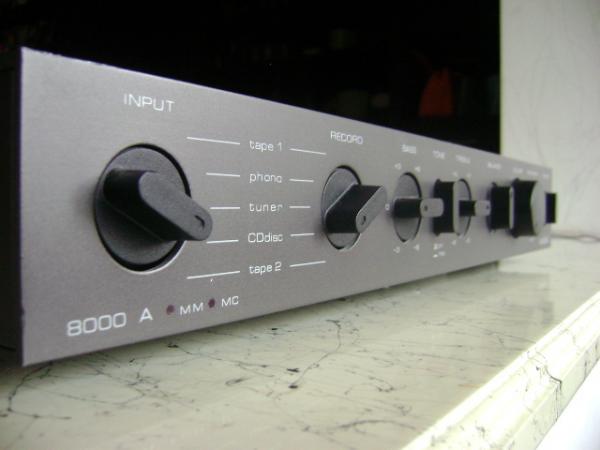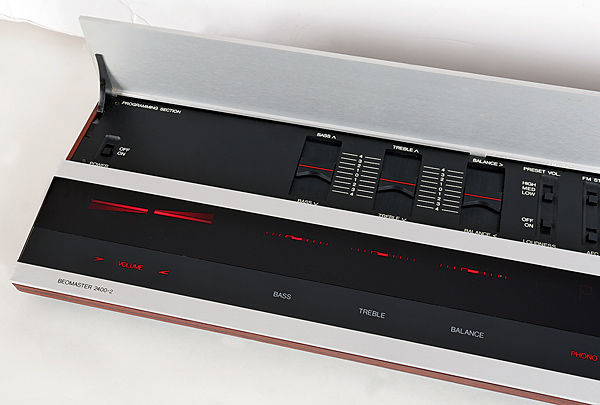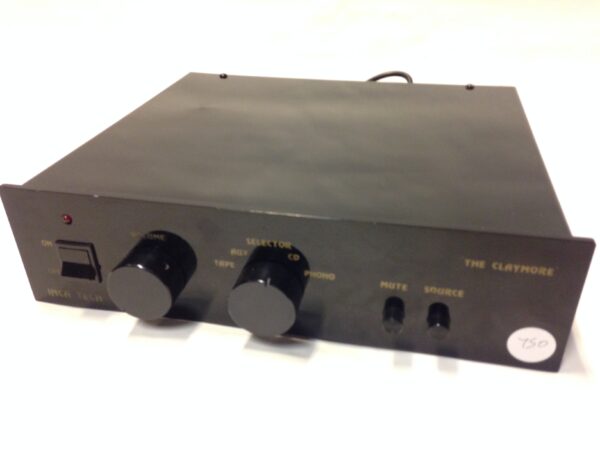Page after page of criticism and opinion – sometimes dressed up as fact, sometimes not – on how bad Japanese amplifiers were in 1980 could be found in any British hi-fi journal. They claimed this was especially true in the inexpensive sector, where all of their “frills” meant money wasn’t spent on items that would improve the sound. Instead, all of those tone adjustments, filters, and tape monitoring circuits rendered them inferior specimens to the pure and noble race of British amplifiers!
For two reasons, I’ve never fully grasped this. First, the items they advocated – such as the A&R Cambridge A60 and Nytech CTA252XD – included a slew of unnecessary features, albeit not to the extent that the Japanese did. Second, they seemed to overlook the importance of economies of scale. If Sony, for example, sold 10,000 units of a single model worldwide in a year, they could offer a significantly higher-quality product at a lower cost than UK manufacturers who would be happy to sell a tenth of that. Parts for the latter would be ordered in dozens from the Radiospares catalogue, whilst for the former, they would be custom-made in batches of thousands by the Japanese consumer electronics giants themselves.
Some UK hi-fi nerds also had the strange opinion that the Japanese didn’t know how to construct a high-quality specialized amplifier – implying that they hadn’t done any research into the ultra-competitive high-end market of the land of the rising Yen! As a result, when a typical British hi-fi specialist was given the opportunity to examine something like the Sony TA-F35, it was practically a foregone conclusion that they would be disappointed, at least at first. This is a pity, because with the benefit of hindsight of forty years, this is a truly impressive little gadget.
This amplifier, which cost Y45,000 in Japan and around £190 in the UK in 1980, was just one step higher from Sony’s entry-level devices. It included a half-decent MM/MC phono stage (with input sensitivity of 0.17mV for moving coil cartridges and 2.5mV for moving magnet cartridges), as well as some refinements in terms of features. A tape monitor, auxiliary and tuner inputs, and a stated 2x 40W RMS per channel into 8 ohms were also included. The specifications were excellent, with a frequency response of 5Hz to 60kHz, 0.015 percent total harmonic distortion, and signal-to-noise ratios of 73dB (MC), 88dB (MM), and 101dB respectively (line). It was believed to have a damping factor of 50.
Although not exactly state-of-the-art, there were few reasonable mid-price amps available at the time that could match it; to be sure, the British Audiolab 8000a, which came out just a few years later, couldn’t match it. Although the Sony isn’t very stylish, it’s a well-designed product with a good range of features and the required LED power meters, which have a faster response time than many others. A thin brushed aluminium fascia with plastic end caps connects to a silver-sprayed pressed steel box. The TA-vital F35’s figures are 430x80x335mm and 6.2kg; strangely, the Sony TA-3650, the TA-predecessor, F35’s put out similar power from an amplifier that was nearly twice the height, weight, and price just three years earlier.
What distinguishes this amplifier as deserving of mention is its build quality and tone. If you remove the cover and check beneath the hood, you’ll notice an intriguing design that you probably didn’t expect. The fascia controls are connected to long plastic rods that control the preamplifier section, which is located in the back, right next to the input sockets – despite this, they all have a nice movement. A huge frame-type transformer provides power, which is routed through two large Sony-branded smoothing capacitors. The two power amp channels are DC-coupled and are situated at various locations on the board to provide a dual mono topology.
Sonically, the Sony sounds excellent for a low-cost integrated system of its era and price. It’s a vivacious performer with plenty of oomph. The music isn’t leaden or slow in the least, but rather the opposite. It’s full of energy, and that’s backed up by a respectable forty watts of power; there’s no way this is an overly optimistic boast. The end result is a small integrated that appears to be larger and more expensive than it actually is. It’s more detailed than you’d think, which means the tonal nature of instruments is more clearly defined. It’s a little bright in the upper midband, but not too so, and the treble is a little south. Bass is taut and tuneful at the bottom end, which is commendable for an amp of this size. The only criticism is that the depth perspective is a little limited, but you can’t have everything at this price!
To put it another way, the Sony TA-F35 is a pleasant surprise. It’s not the best amp in the world, but if you want a low-cost, no-frills product with good power and a nice, engaging personality, you can’t do much better. The fact that these are now selling for nearly nothing makes them even more appealing; this review sample was sold as faulty for £30 because one of the channels was down. It was as good as new after a quick dab of contact cleaner into all of its pots and switches. It’s a testament to the sturdy construction quality that so many are still in use today, providing excellent service.







